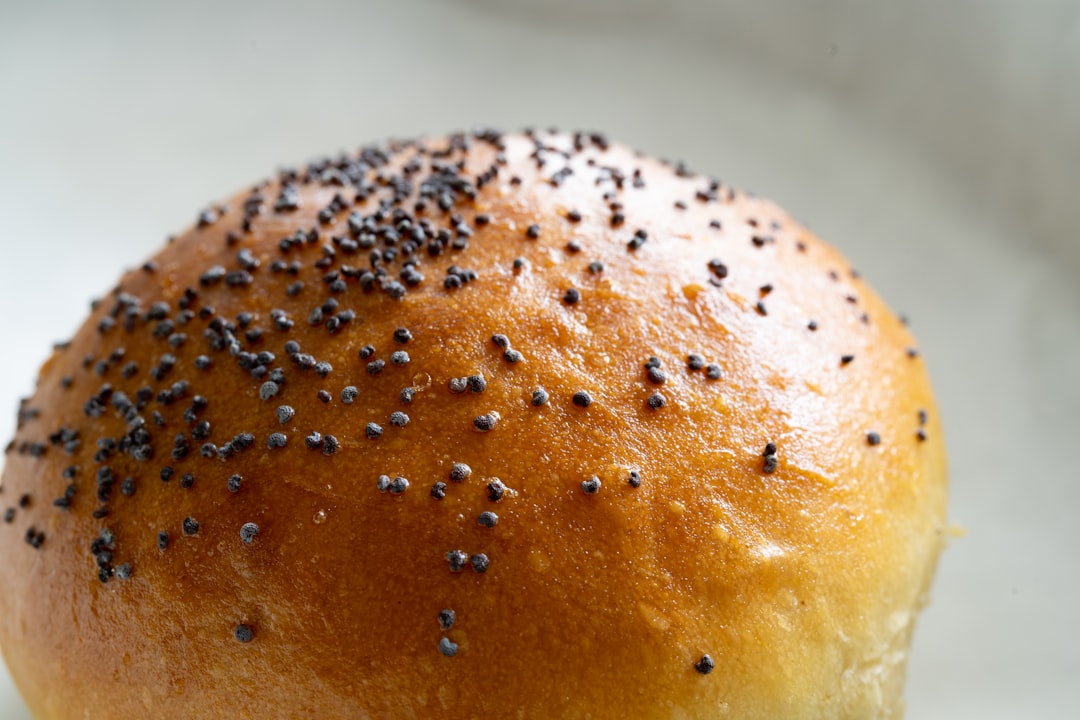What is it about?
The Kitaev-Heisenberg model, a quantum compass model that describes a set of spin-1/2 moments in a honeycomb lattice, yields exciting ground states, such as gapless spin liquids and a variety of spin ordered states. Among the different materials that can host Kitaev-Heisenberg physics, α-RuCl3 has played a starring role, bringing scientists a step closer to fault-tolerant topological quantum computing. However, α-RuCl3, like other candidates for the experimental realization of the Kitaev-Heisenberg model, is highly insulating, reducing the experimental probes available to study the ground states in these materials. In this work, we make use of a specialized technique to reach, through electronic transport measurements, temperatures where α-RuCl3 is highly insulating and becomes a zig-zag antiferromagnet. We find evidence of of the transport mechanism ruling our thin crystals and spot the signature of a structural phase transition.
Featured Image

Photo by Michael Dziedzic on Unsplash
Why is it important?
Our work demonstrates the possibility of reaching, through specialized high impedance measurements, the thrilling ground states predicted for α-RuCl3 in the frame of the Kitaev-Heisenberg model, at temperatures where this material is highly insulating. Our experiments bring new information on the transport mechanisms in this material in a wide temperature range as well as on important characteristic quantities such as the localization length of the impurities in a thin α-RuCl3 crystal.
Perspectives
The technique presented in this paper opens an opportunity to study through electronic transport other thrilling quantum materials that are highly insulating at low temperatures.
Claudia Ojeda-Aristizabal
California State University Long Beach
Read the Original
This page is a summary of: Electronic transport mechanisms in a thin crystal of the Kitaev candidate
α
-RuCl3 probed through guarded high impedance measurements, Applied Physics Letters, June 2023, American Institute of Physics,
DOI: 10.1063/5.0146141.
You can read the full text:
Contributors
The following have contributed to this page










